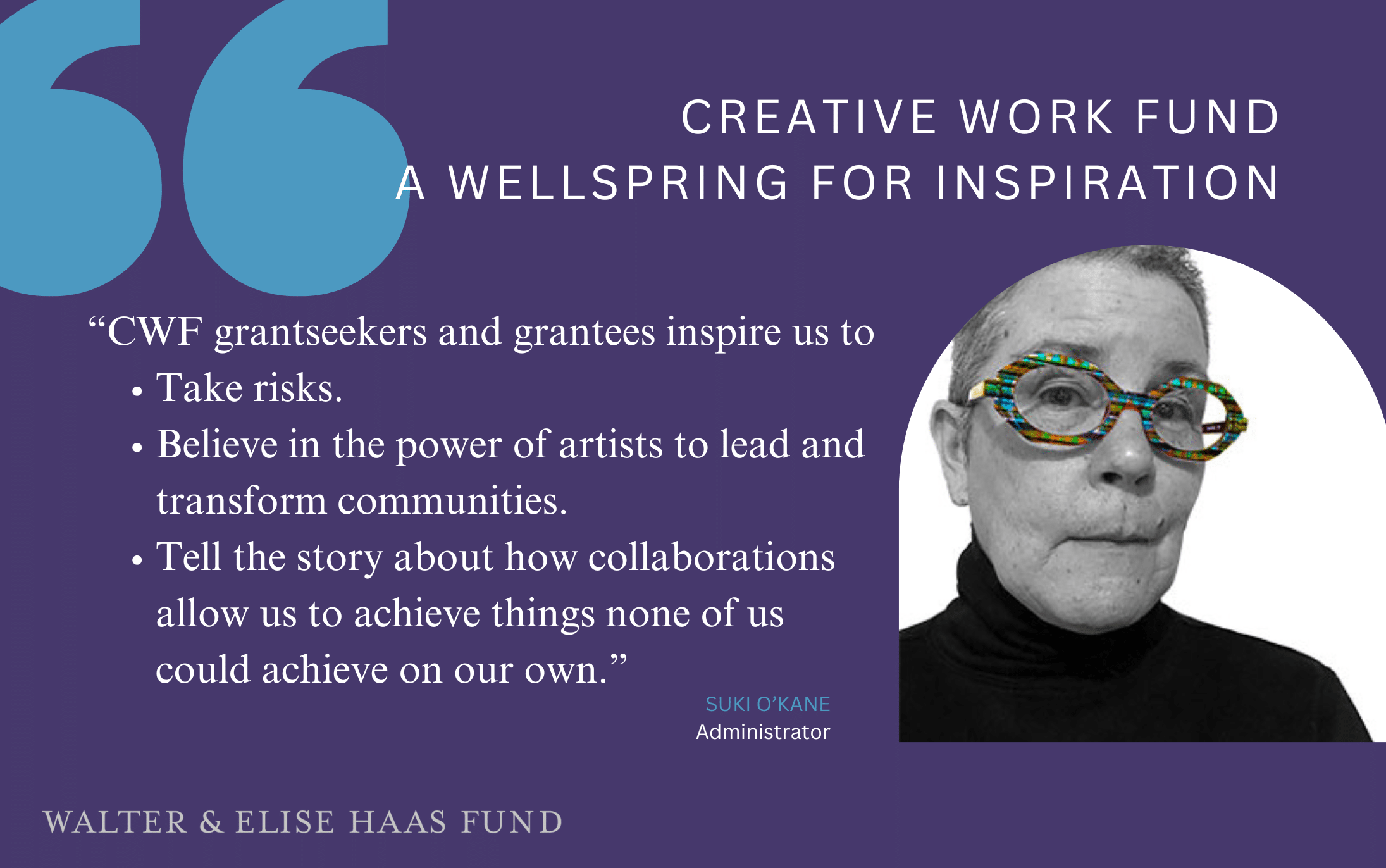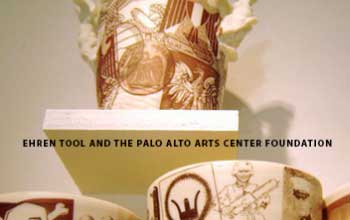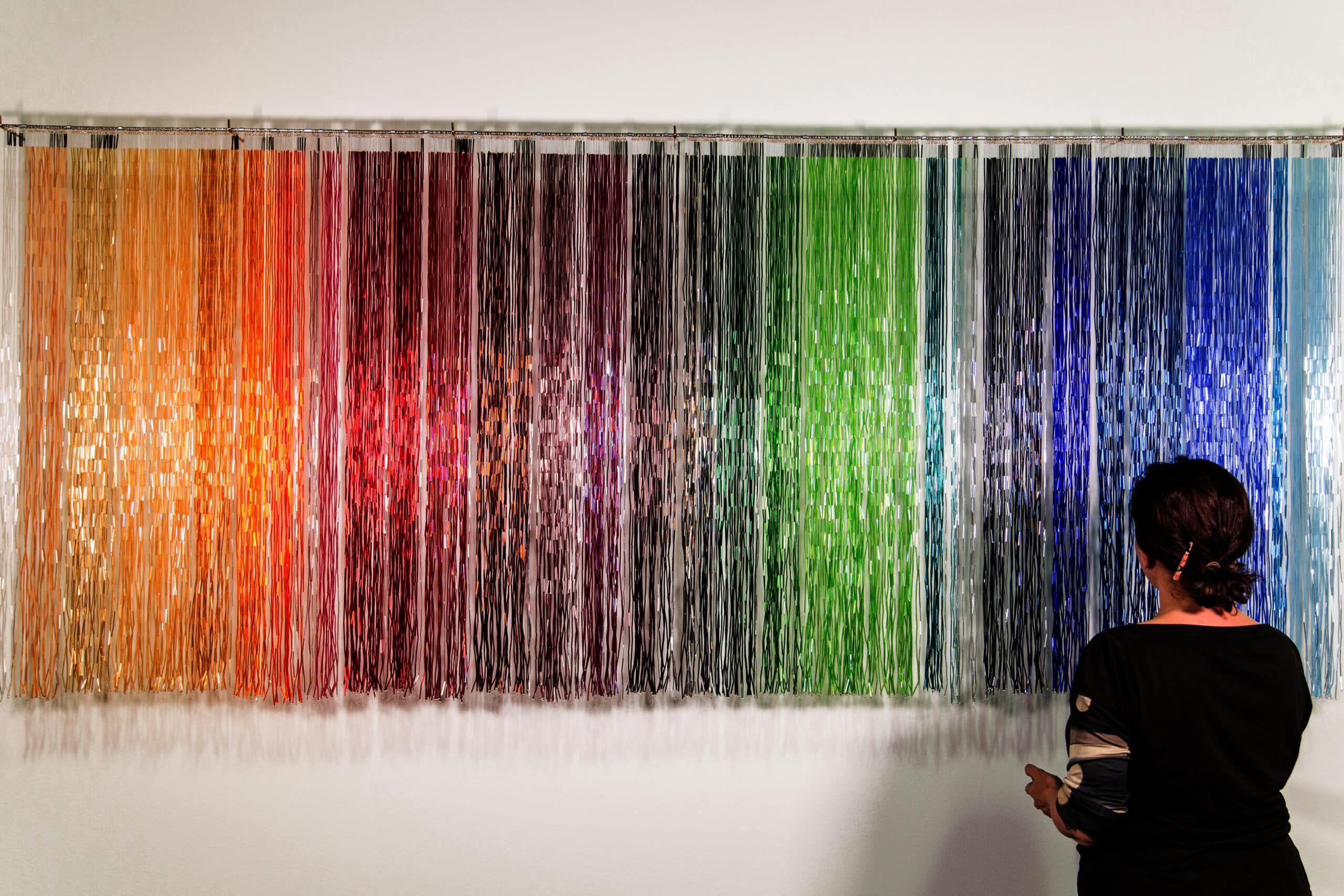Inspired by Creative Work Fund Grants
With great enthusiasm we are amplifying the 30th year of Creative Work Fund…
CWF Now Accepting Letters of Inquiry for Projects Featuring Literary and Traditional Artists
The Creative Work Fund (CWF) is now inviting letters of inquiry from literary…
Illuminating Philanthropy: Data, Art, and Transparency
When I enter the Walter & Elise Haas Fund's offices most mornings, natural…




